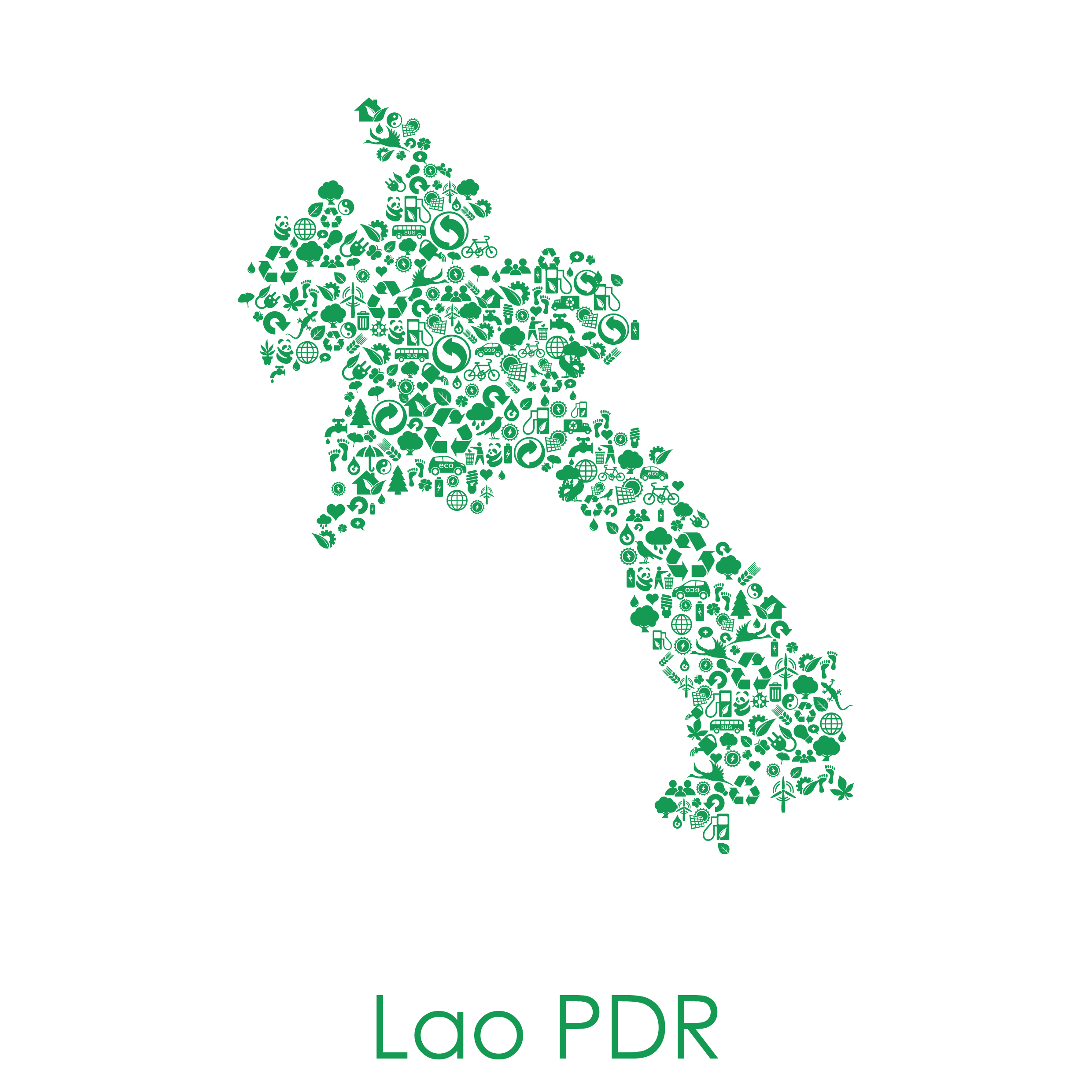
Green Business in South East Asia
Green Business in Lao PDR
- 1. Development
- 2. Strategy for green development
- 3. Logistics and Industrial Infrastructure
- 4. Energy and Environment
- 5. Public Private Partnership
- by: Simone Padoan (2023)
1. Development
The surface area of the People's Republic of Laos is 236.800 km2, with a population of 7.3 million inhabitants, 12% of Italy, in a predominantly mountainous territory with a tropical-monsoon climate; Laos is the only country in the Indochinese peninsula without access to the sea.
2. Strategy for green development
The main objectives are to develop the potential to integrate green growth into the formulation and implementation of sectoral and local strategies and plans to ensure the achievement of long-term goals of national socioeconomic development set by the Party and the Government, such as: becoming an upper-middle-income economy according to green and sustainability criteria and achieving the Sustainable Development Goals (SDGs) by 2030.
3. Logistics and industrial infrastructure
This section covers the following topics: ports and waterways, railways, roads, airports, telecommunications and connectivity, industrial and logistics parks.
4. Energy and Environment
This section covers the following topics: energy infrastructure, air quality, water, waste and soil
5. Public Private Partnership
In part to address the infrastructure gap and to improve the delivery and efficiency of public infrastructure and services, the Government of Laos (GOL) introduced the Public-Private Partnership Decree (No. 624/GOV, 21 December 2020) (“ PPP Decree ”) to regulate PPPs.